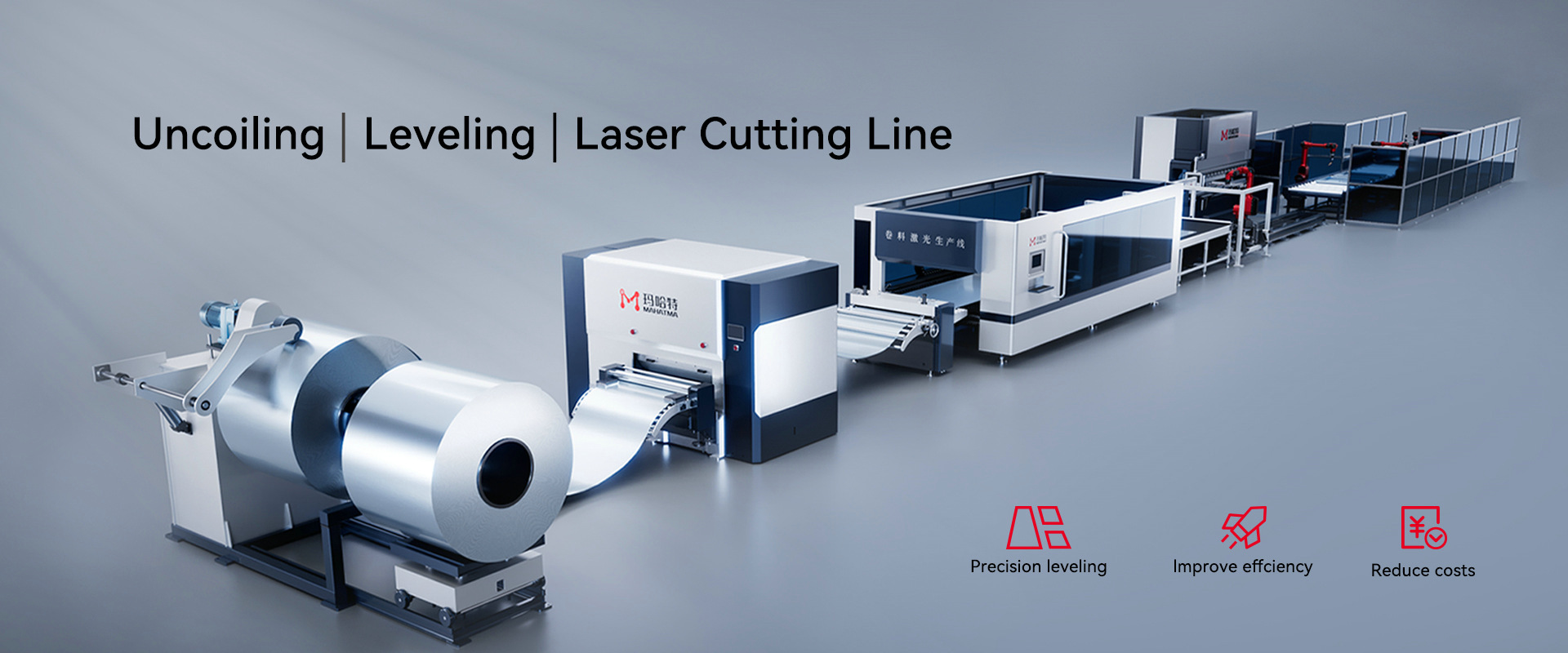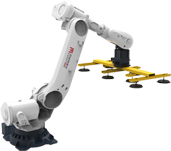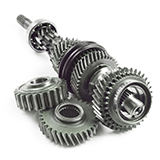What is a Precision Level?
A precision level is an instrument used to determine the horizontal or vertical alignment of a surface. It consists of a vial filled with liquid and an air bubble. When the bubble is centered within the marked lines of the vial, the surface is considered level. Precision levels are available in various types, including spirit levels, digital levels, and optical levels, each designed for specific applications.

Key Characteristics of Precision Levels
Accuracy
Measurement Precision: Precision levels can achieve an accuracy of ±0.02 mm/m (millimeter per meter), making them highly reliable for critical measurements.
Sensitivity
Bubble Sensitivity: The sensitivity of a level refers to how easily the bubble moves in the vial. High-quality precision levels often have a sensitivity of around 0.5 mm/m, allowing for fine adjustments.
Durability
Material Construction: Many precision levels are made from anodized aluminum or stainless steel, providing resistance to corrosion and physical damage. This durability ensures longevity, even under harsh working conditions.
Ease of Use
User-Friendly Design: Most precision levels are designed for straightforward operation, featuring clear markings and easy-to-read vials or digital displays.
Range of Measurement
Versatility: Precision levels can measure both horizontal and vertical planes, making them versatile tools in various applications.
How to Calibrate a Precision Level
Calibrating a precision level is crucial to ensure its accuracy. Follow these steps for proper calibration:
Step 1: Select a Calibration Surface
Choose a flat and stable calibration surface, such as a granite surface plate or a known flat reference surface. Ensure the surface is clean and free of debris.
Step 2: Position the Level
Place the precision level on the calibration surface. Ensure it is centered and positioned correctly for accurate readings.
Step 3: Initial Check
Check the bubble in the vial. If it is not centered, note the reading.
For digital levels, record the initial reading.
Step 4: Rotate the Level
Rotate the level 180 degrees and reposition it on the same surface.
Check the bubble again. If it is centered, the level is calibrated; if not, note the new reading.
Step 5: Calculate Deviation
If the readings differ, calculate the deviation:
For instance, if the level reads 0.5 mm off in one direction and 0.2 mm off in the opposite direction, the average deviation can be used for adjustments.
Step 6: Adjust the Level
If your precision level has adjustment screws:
Use a small screwdriver to turn the adjustment screws.
Adjust until the bubble is centered in both orientations.
Step 7: Recheck Calibration
Repeat the rotation and reading process multiple times for accuracy. Make further adjustments as needed until consistent readings are achieved.
Step 8: Document Results
Document calibration results, including:
Date of calibration
Adjustments made
Environmental conditions (if relevant)
Step 9: Regular Maintenance
Regularly check and recalibrate the precision level, especially if used frequently or subjected to rough handling. Store in a protective case to prevent damage.
Applications of Precision Levels
Precision levels are utilized across various industries, showcasing their versatility:
1. Construction
In construction, precision levels are critical for ensuring that foundations, walls, and other elements are properly aligned. Accurate leveling is essential for structural integrity and safety.
2. Engineering
Engineers use precision levels to ensure that machinery and equipment are correctly aligned. Misalignment can lead to equipment failure or safety hazards, making precision levels vital for quality control.
3. Manufacturing
In manufacturing, precision levels are used to set up machinery and ensure that products are produced to exact specifications. This precision is essential in industries such as aerospace and automotive.
4. Surveying
Surveyors rely on precision levels to establish reference points and measure elevation changes. Accurate leveling is crucial for land surveys and construction planning.
5. Home Improvement
For DIY enthusiasts and contractors, precision levels are invaluable tools for hanging shelves, installing cabinets, and ensuring that flooring is level.
Maintenance of Precision Levels
To ensure optimal performance and longevity, proper maintenance of precision levels is essential:
1. Regular Inspection
Conduct routine inspections for wear and tear. Look for signs of damage, such as cracks in the vial or corrosion on the body.
2. Cleaning
Dust and debris can affect readings. Use a soft cloth and suitable cleaning solutions to keep the level clean. Avoid abrasive materials that can scratch the surface.
3. Calibration Checks
Perform regular calibration checks, especially before critical projects. This ensures that the level remains accurate over time.
4. Proper Storage
Store precision levels in a protective case or padded pouch. Avoid placing heavy objects on top of them to prevent damage.
5. Environmental Considerations
Keep levels away from extreme temperatures, moisture, and chemical exposure. These factors can affect the accuracy and longevity of the instrument.
Conclusion
Calibrating a precision level is essential for ensuring accurate measurements across various applications, from construction to manufacturing. Understanding the key characteristics, calibration process, applications, and maintenance practices can help users achieve reliable and precise leveling results. By following these guidelines, you can enhance the performance and longevity of your precision level, ensuring it remains a valuable tool in your toolkit.









